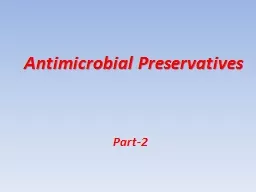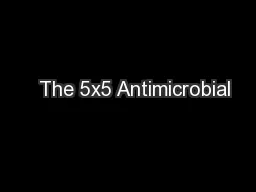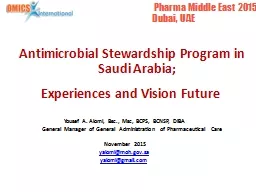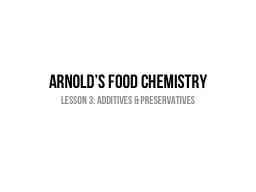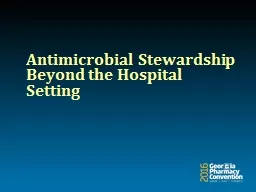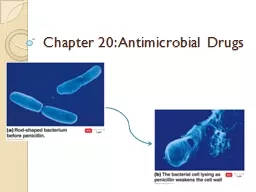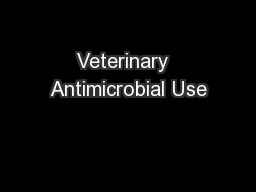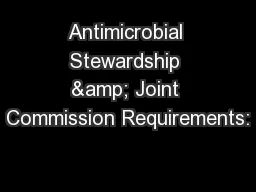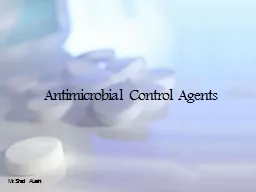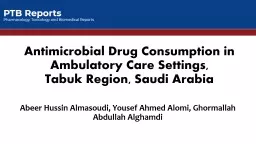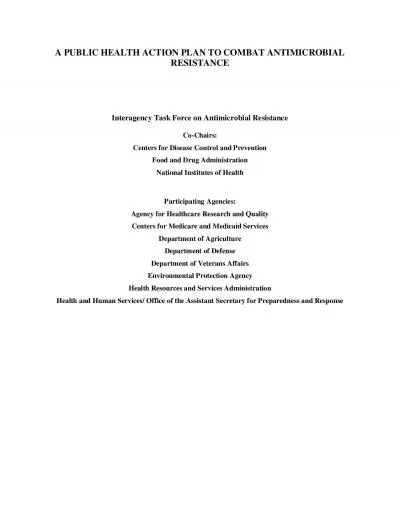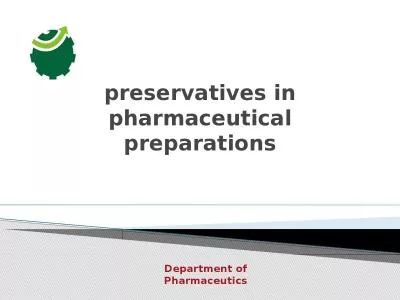PPT-Antimicrobial Preservatives
Author : tatiana-dople | Published Date : 2015-12-10
Part2 Sulfur DioxideSO2 and SulfitesSO3 Sulfur dioxide Sodium sulfiteNa2SO3 Sodium bisulfideNaHSO3 and Sodium metabisulfite Na2S2O5 are used to control microorganisms
Presentation Embed Code
Download Presentation
Download Presentation The PPT/PDF document "Antimicrobial Preservatives" is the property of its rightful owner. Permission is granted to download and print the materials on this website for personal, non-commercial use only, and to display it on your personal computer provided you do not modify the materials and that you retain all copyright notices contained in the materials. By downloading content from our website, you accept the terms of this agreement.
Antimicrobial Preservatives: Transcript
Download Rules Of Document
"Antimicrobial Preservatives"The content belongs to its owner. You may download and print it for personal use, without modification, and keep all copyright notices. By downloading, you agree to these terms.
Related Documents

